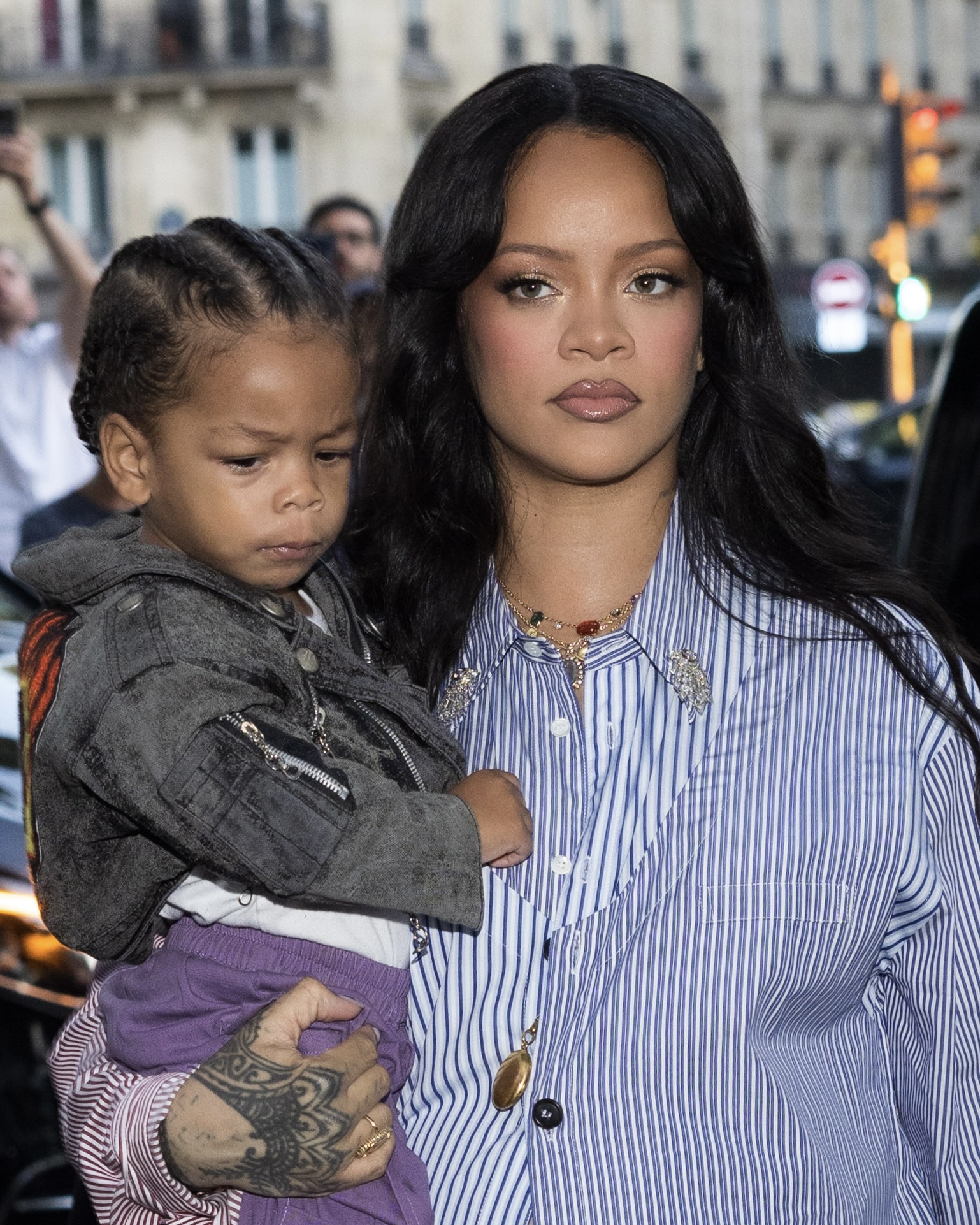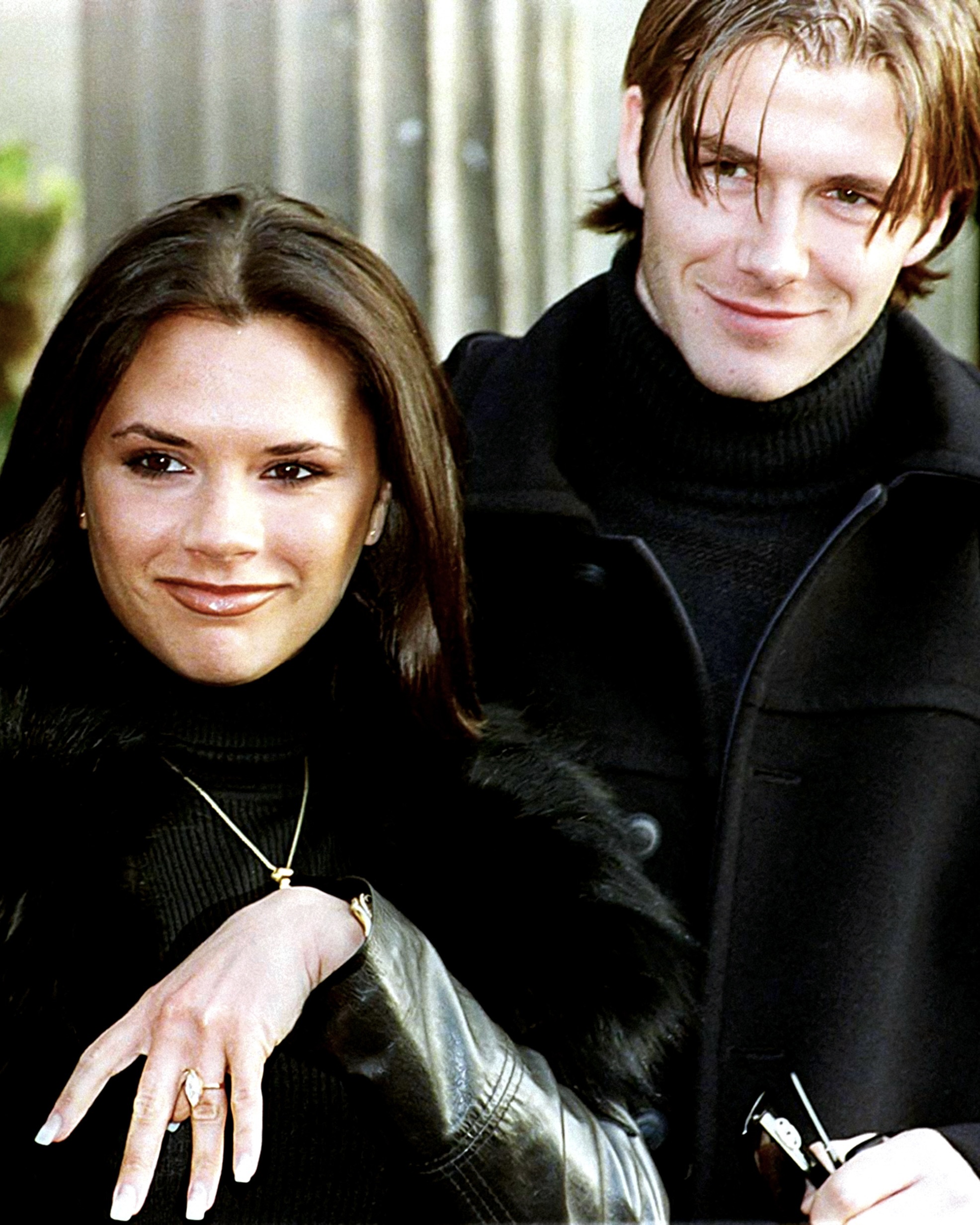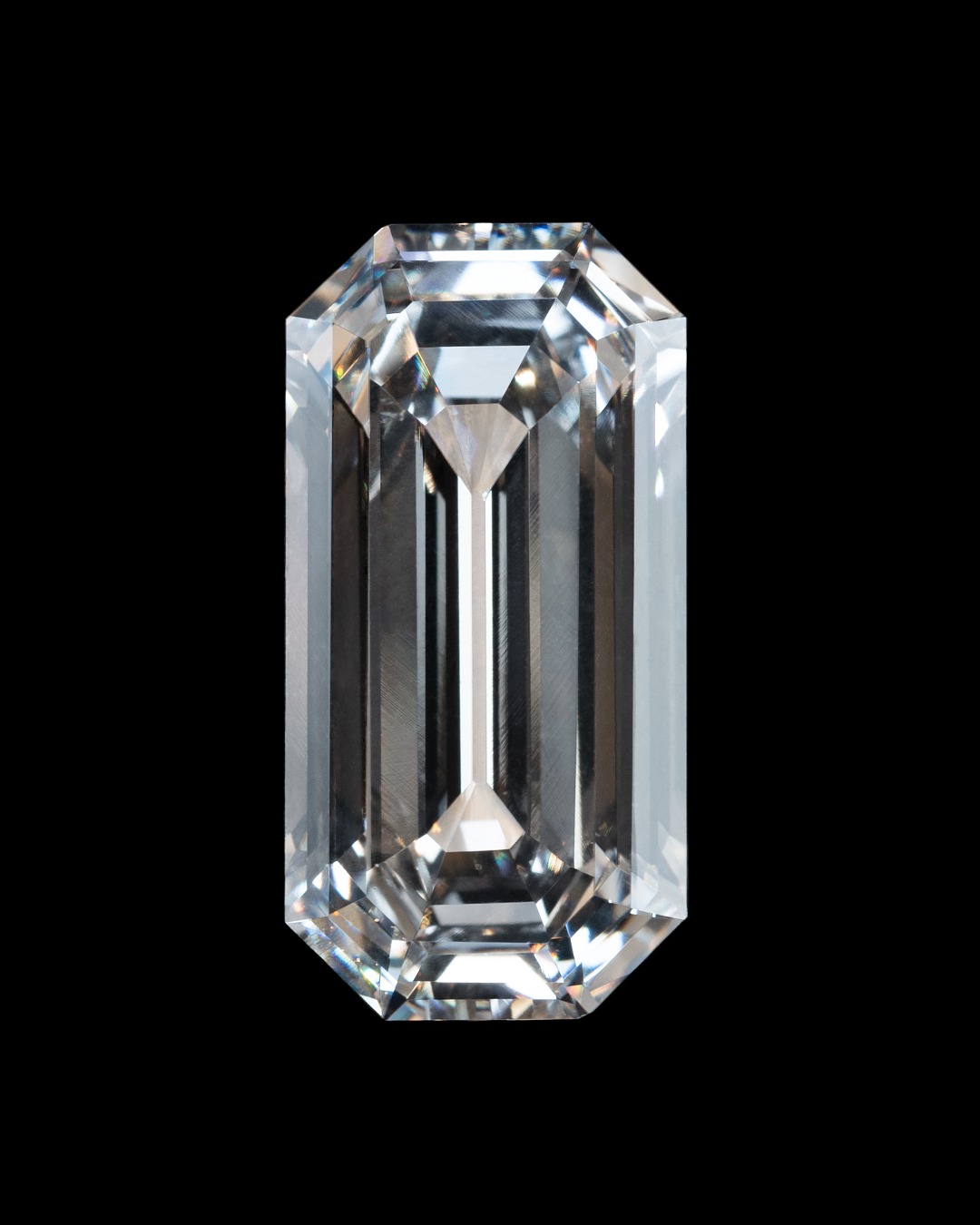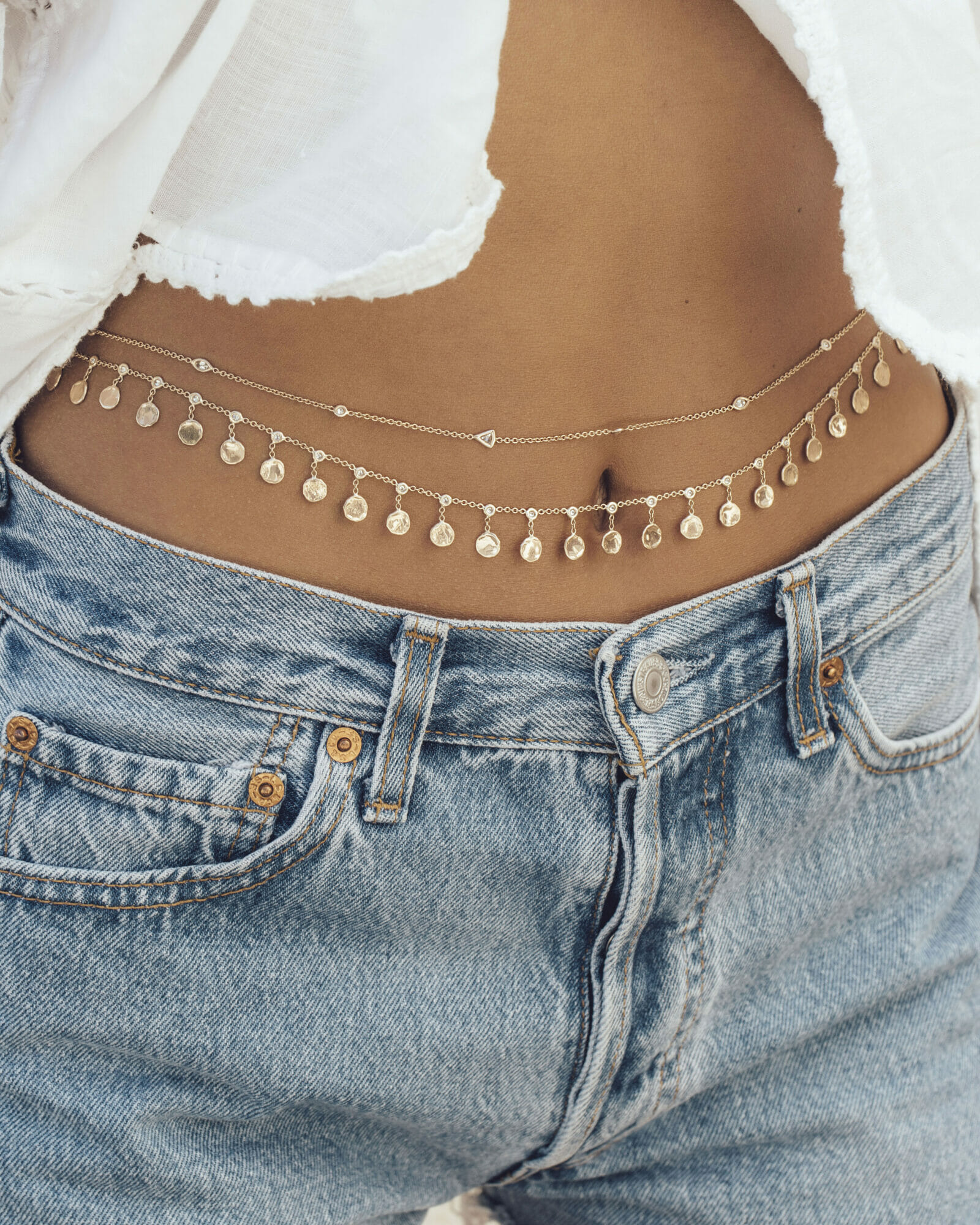Are Diamonds Getting Bigger?
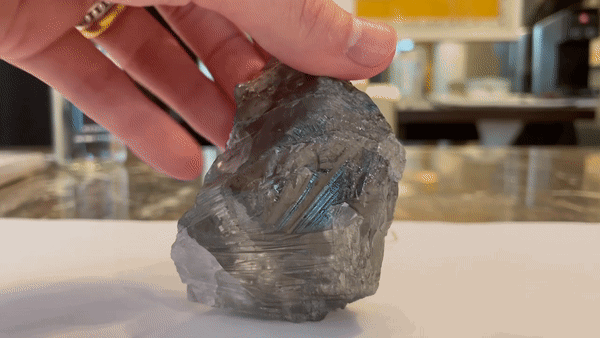
The third largest rough diamond, around the size of a tennis ball, was recently unveiled in New York. The massive 1,175-carat stone is being touted as the largest ever uncut diamond to come to the United States. It’s a headline-making moment, but lately it seems like new mega diamond discoveries are happening fairly regularly.
Read More: Lucara Recovers Massive 1,175-Carat Diamond in Botswana
Just last summer a 1,098 carat diamond was discovered at Jwaneng mine in Botswana. It was billed as the third largest diamond ever found. But that record was quickly eclipsed when a month later the 1,175 carat stone was found at the Lucara Diamond Corp.’s Karowe mine, also in Botswana. That whopping gem was discovered alongside stones weighing 471, 218, and 159 carats, which are believed to have been part of the mother rock. And this was the third diamond of more 1,000 carats found here.
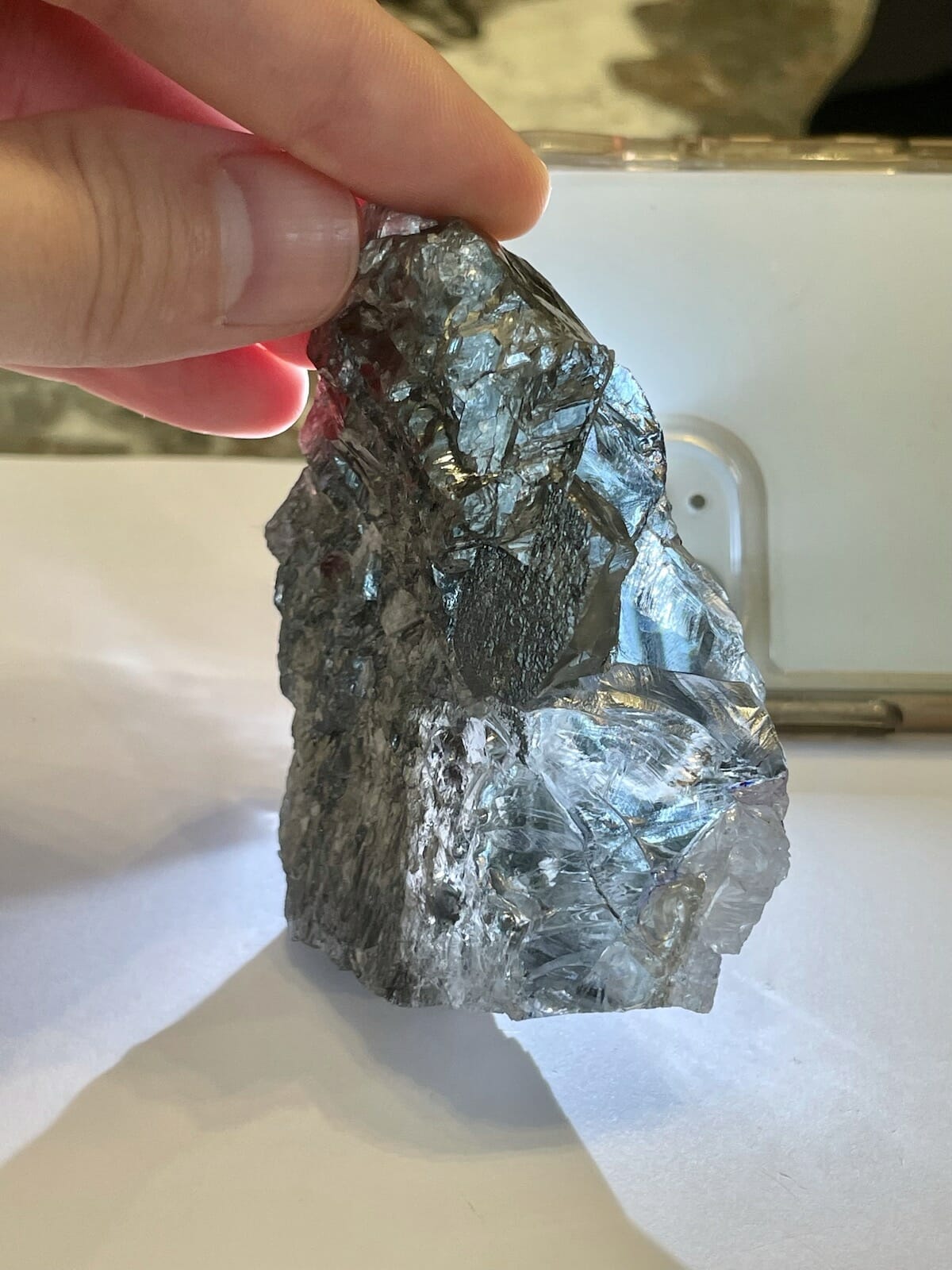
The mega diamond is being shown to the investment community in New York this week by Lucara and its partner, the manufacturer HB Antwerp. It serves as an example of the types of record-breaking diamonds coming from Lucara’s mines – and they say there is still more to come.
Up until recently, these mega diamonds have been so rare that we know by them by name—Cullinan, Lesedi Rona, Golden Jubilee…
To put it in perspective, the largest recorded diamond remains the 3,106 carat Cullinan, which was discovered in South Africa in 1905. It was cut into smaller stones and the most important ones became part of the British royal family’s crown jewels. More than a century after that historic discovery and we are finally uncovering more mammoth size stones—but none as large as the Cullinan.
Aside from the recent tennis ball sized discoveries, we are also seeing a remarkable increase in the number of diamonds found over 100 carats in size at the Karowe mine, and more are expected to come. Last year, the mine recovered 31 diamonds weighing more than 100 carats each (on par with the previous year), and 10 of those were over 200 carats.
Why are all these record-breaking diamond discoveries happening now?
One person to thank for the bigger diamonds is Eira Thomas, the president and CEO of Lucara Diamond Corp. When she became aware of Karowe’s unique deposit of large-size stones, she was the first mining executive to implement advanced x-ray technology at the mine to identify the larger rough before it went through the ore crusher.

“When we started mining Karowe eight years ago, we realized there was a preponderance of large-scale diamonds, so we incorporated XRT technology to ensure we are preserving as much of that value when we go through the mining process,” she said.
The Karowe mine has already produced some of the most famous diamonds of the past century: the 1,109 carat Lesedi La Rona, found in 2015 and purchased by Laurence Graff; the 1,758 carat Sewelô (purchased by Louis Vuitton) and 549 carat Sethunya, both found in 2019; and a 998 carat diamond discovered in 2020. This year is off to a record-breaking start with the discovery of the world’s third largest diamond—yet to be named.
Fancy colored diamonds are coming out in record-breaking sizes, too.
It’s not just white, colorless diamond breaking records: a 62 carat pink diamond was found in the Karowe mine this summer, which is the largest ever pink stone uncovered in Botswana. It was christened Boitumelo, which means joy in Setswana. Up until now, the mine has produced small quantities of fancy pink diamonds, including a 22 carat stone, but most have been between four to five carats in size.
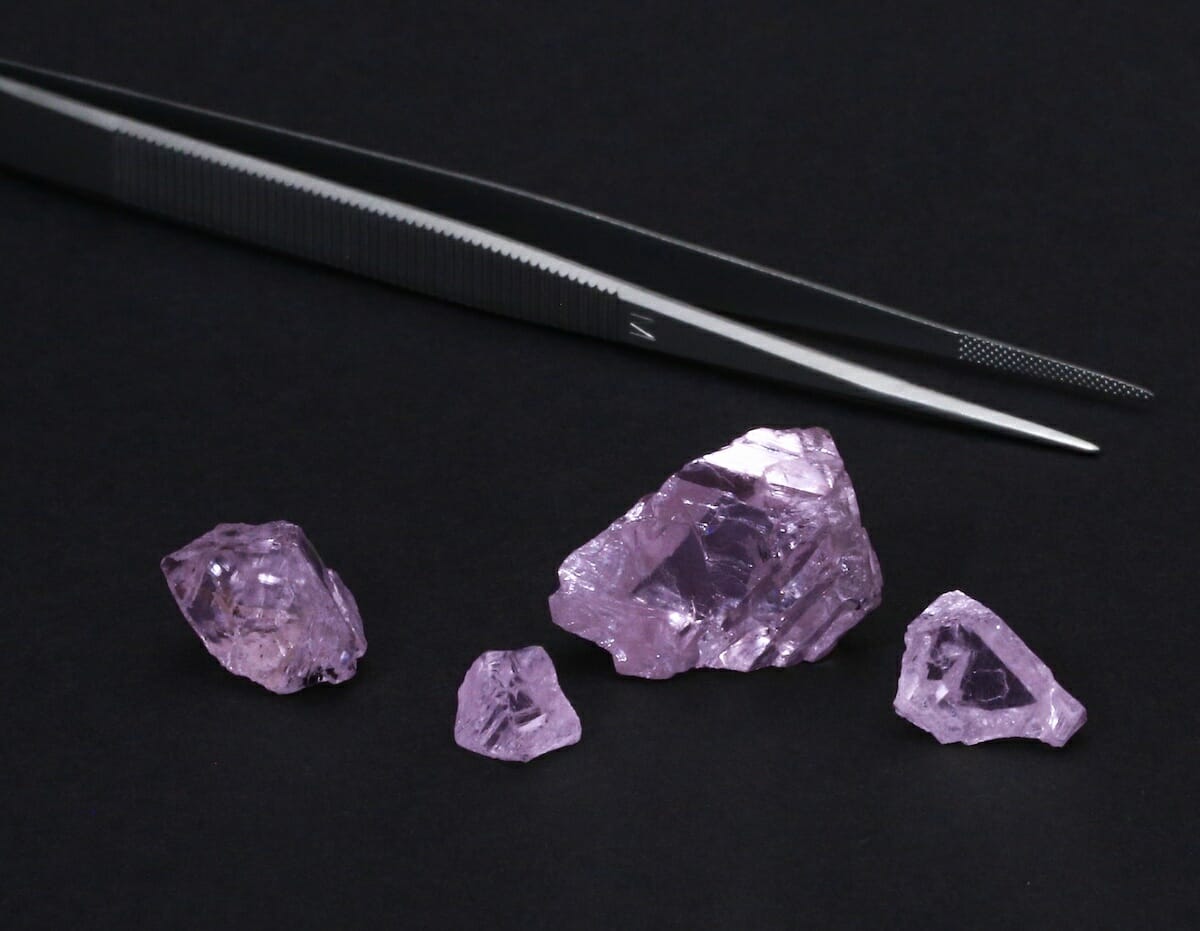
The discovery of more pinks is especially significant given that the world’s primary source of pink diamonds, the Argyle mine in Australia, has recently been depleted and closed.
Sorry, but don’t expect to walk around with a 100 carat diamond ring because they still aren’t typical.
Mega diamonds might seem like a common occurrence of late, but they aren’t as typical as the headlines make them look. The fact is that the Jwaneng mine in Botswana was operating for 35 years before the 1,098 carat diamond was found; this diamond was far larger than anything else to come from the deposit.
“What’s important to understand about large diamond recoveries,” explains Thomas, “is that they are still incredibly rare on a global basis and only a few mines generate these significant diamond discoveries.” Aside from Karowe, the Letšeng Diamond Mine in the Southern African kingdom of Lesotho (owned by Gem Diamonds and the government of Lesotho) also produces extra large stones, including the recent 442 carat diamond.
Mega diamonds are a collector’s dream.
What do you do with a 1,000—or even a 200 carat diamond? Here’s where buyers can get creative. When Lucara unearthed the 1,758 carat Sewelô, the French luxury brand Louis Vuitton purchased it and presented the rough to its VIP clients for the ultimate bespoke experience, inviting them to customize the diamond cut and jewelry. Some buyers might want to cut a series of diamonds from a single stone for their family members, and others might cut it into just a few big rocks to hold as an investment. Louis Vuitton partnered with HB Antwerp to polish and cut the diamond to its client’s desires.
“Consumers love to be a part of the process of creating their diamond,” says Thomas. On par with the royal jewels, a family can purchase a unique two billion-year-old diamond and create a collection of their own family jewels that will endure for generations.
These large stones have also proven to be a wise investment as rare stones have steadily risen in value. They represent a hard asset with a huge value that is far easier to store than real estate or art. The interest in diamonds as investment has increased dramatically through the pandemic, says Thomas. “These large diamonds are an obvious candidate for investment because they have high value concentrated in a single relatively small piece.”
Diamond futures: more mega diamonds to come.
We can expect more record-breaking stones to come from the Karowe as it shifts it’s focus to the mine’s South Lobe where bigger deposits have already been identified. And with improved technology, we will likely see larger stones emerge from the mines. However, even state-of-the-art equipment can’t make diamond appear out of the air.
The fact is that diamonds remain a limited natural resource and no new major diamond deposits have been found in more than a decade. In other words, it’s not a bad idea for everyone to start thinking about investing in their own ‘family jewels’…
